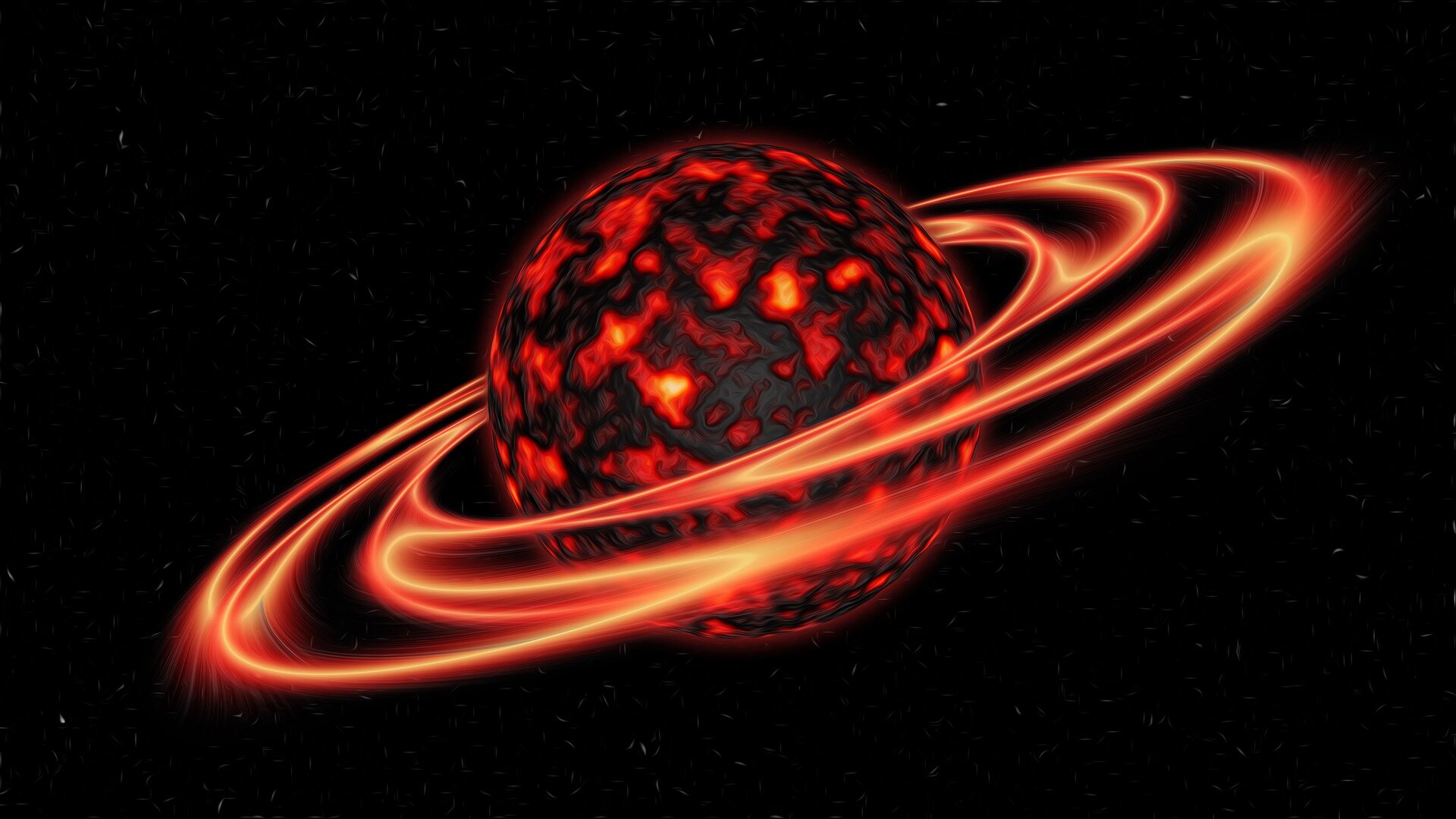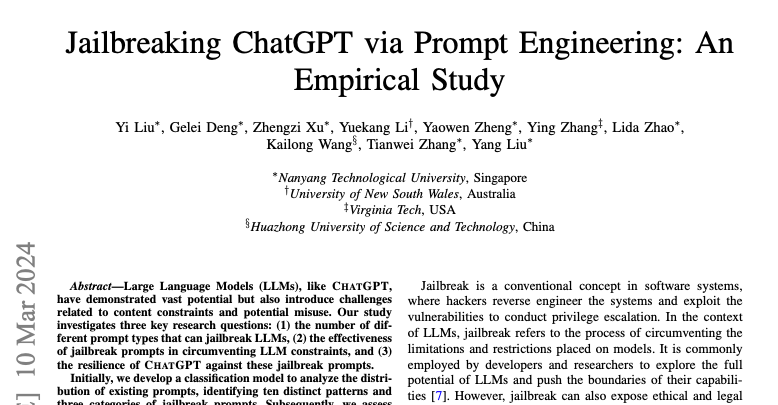
NASA’s Fermi Spots a Weird Pulse of High-Energy Radiation Racing Toward Earth
When the core of massive star collapses, it can form a black hole. Some of the surrounding matter escapes in the form of powerful jets that rush outward at almost the speed of light in opposite directions, as illustrated here. Normally jets from collapsing stars produce gamma rays for many seconds to minutes. Astronomers think the jets from GRB 200826A were shut down quickly, producing the shortest gamma-ray burst (magenta) from a collapsing star ever seen. Credit: NASA’s Goddard Space Flight Center/Chris Smith (KBRwyle)
On August 26, 2020, NASA’s Fermi Gamma-ray Space Telescope detected a pulse of high-energy radiation that had been racing toward Earth for nearly half the present age of the universe. Lasting only about a second, it turned out to be one for the record books – the shortest gamma-ray burst (GRB) caused by the death of a massive star ever seen.
GRBs are the most powerful events in the universe, detectable across billions of light-years. Astronomers classify them as long or short based on whether the event lasts for more or less than two seconds. They observe long bursts in association with the demise of massive stars, while short bursts have been linked to a different scenario.

























